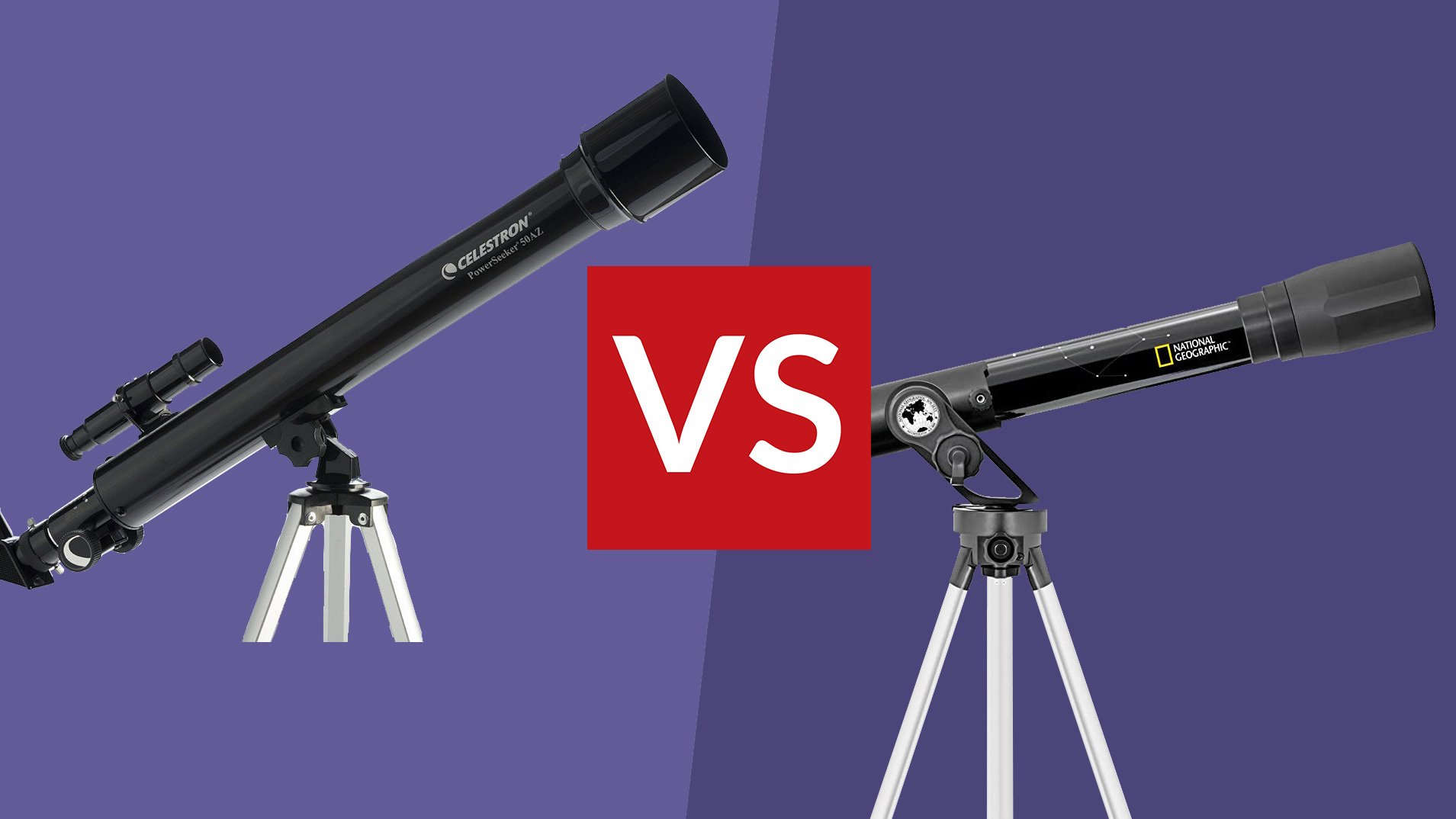

Both the Celestron 21039 PowerSeeker 50AZ and National Geographic Refractor Telescope 60/700 AZ will let you seek out the stars, even if you're brand new to stargazing. But which will handle and deliver better if you're seeking an entry-level telescope for your own back bedroom setup? Trying to figure out the best telescope for beginners from the myriad options from multiple brands at differing price points can be a daunting prospect. We're attempting to cut through all the consumerist noise and narrow the search for you by comparing two of what we consider two excellent options for newbie stargazers.
While those seeking more advanced options, should consult our general best telescope guide instead, these two telescopes are perfect for beginners: neither should unduly stretch your skillset or break the bank. Both the Celestron 21039 PowerSeeker 50AZ and National Geographic Refractor Telescope 60/700 AZ deliver a decent set of features for the price, as well as being of acceptable quality given the outlay. If you're not quite sure what you're looking for, you'll find loads of info in our guide to how to choose your first telescope. Otherwise, let's kick off our comparison...
Specs compared
Celestron 21039 PowerSeeker 50AZ:
- Optical design: Refractor
- Objective lens diameter: 50mm
- Focal length: 600mm
- Focal ratio: f/12
- Magnification: 30x, 50x, 150x
- Software supplied: Yes, Celestron Starry Night Software
- Optical tube length: 610mm (24-inches)
- Tripod: Yes, aluminium build
- Weight: 2.26kg
National Geographic Refractor Telescope 60/700 AZ:
- Optical design: Refractor
- Objective lens diameter: 60mm
- Focal length: 700mm
- Focal ratio: Not specified
- Magnification: Up to 525x (though 120x maximum recommended)
- Software supplied: Yes, astronomy software
- Optical tube length: Not specified
- Tripod: Not specified
- Weight: 3.3kg
Celestron 21039 PowerSeeker 50AZ vs National Geographic Refractor 60/700 AZ: design and features
The Celestron 21039 PowerSeeker 50AZ is one of the most affordable options in its maker's very broad family of telescopes. It features the typical tubular design – here 610mm long – that we imagine in our mind's eye when we picture what a telescope should look like, while claiming to offer 51x the light gathering power of the human eye.
Metal bodied with all glass optics, this refractor type ‘scope features a 50mm objective lens to collect light – hence the ‘50' in the model name. In the box with it is a finder-scope for locating and centering objects, plus three eyepieces in a 20mm, 12mm, 4mm – providing 30x, 50x and 150x magnifications respectively. We also get a 1.5x image erecting eyepiece along with 3x ‘Barlow' lenses which have the ability to triple the magnifying power of each eyepiece. It all rests on an aluminum tripod, while software is provided to get its users quickly up and running. A two-year manufacturer's warranty provides peace of mind.
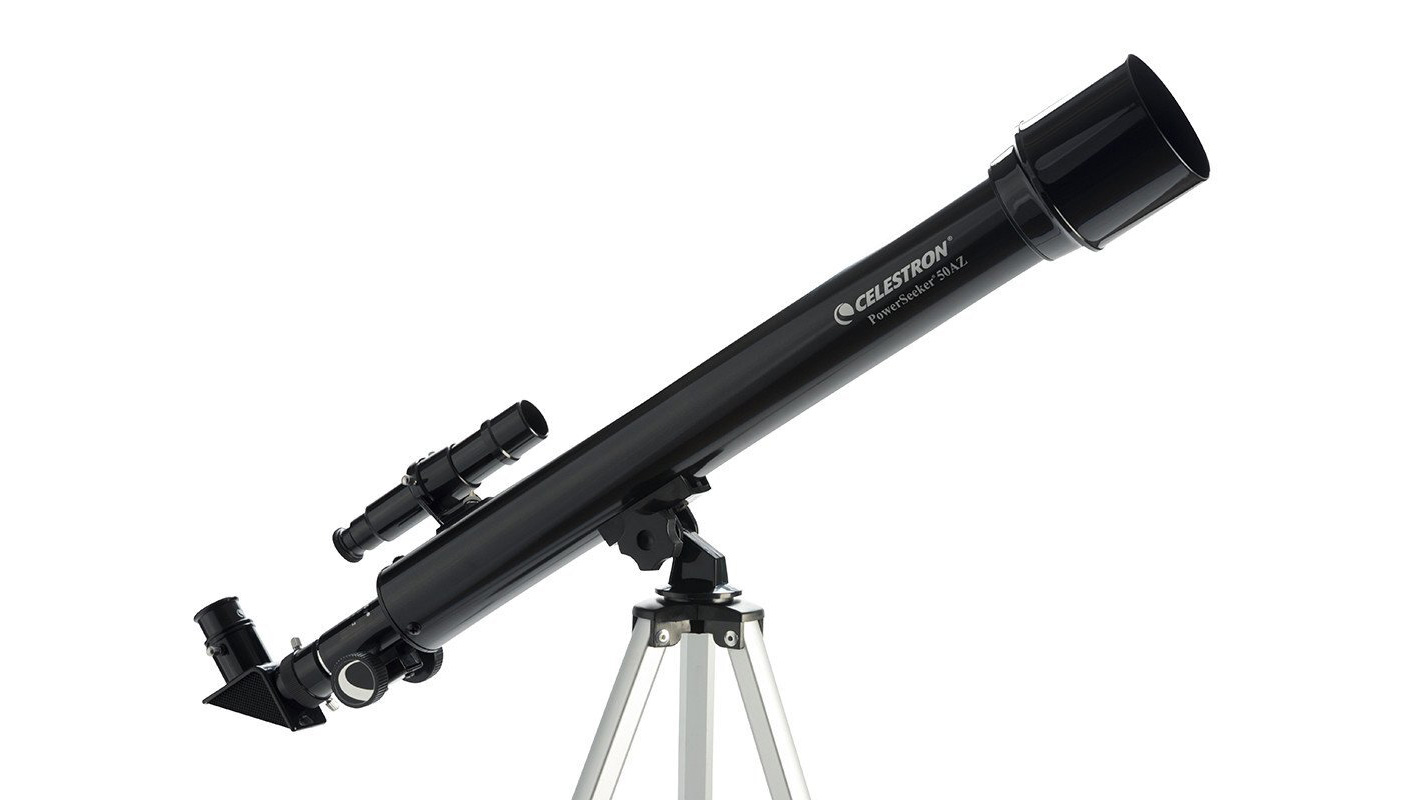
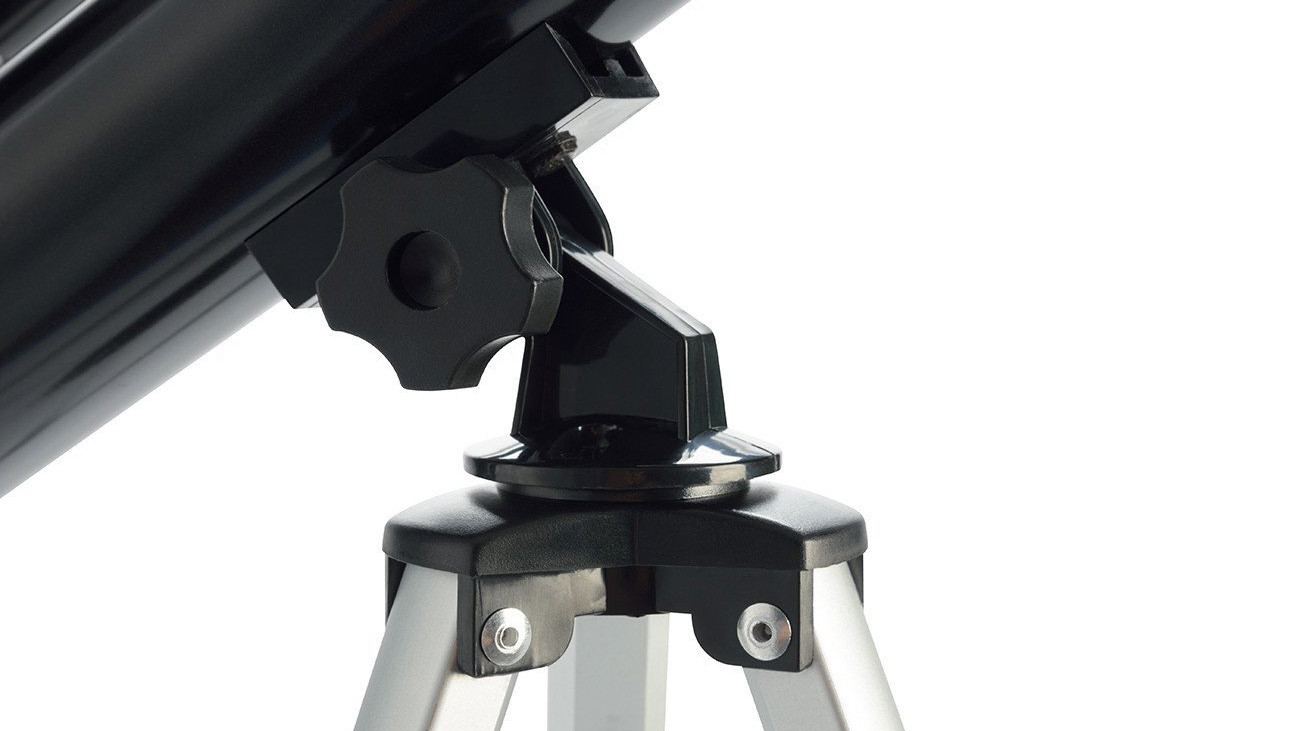
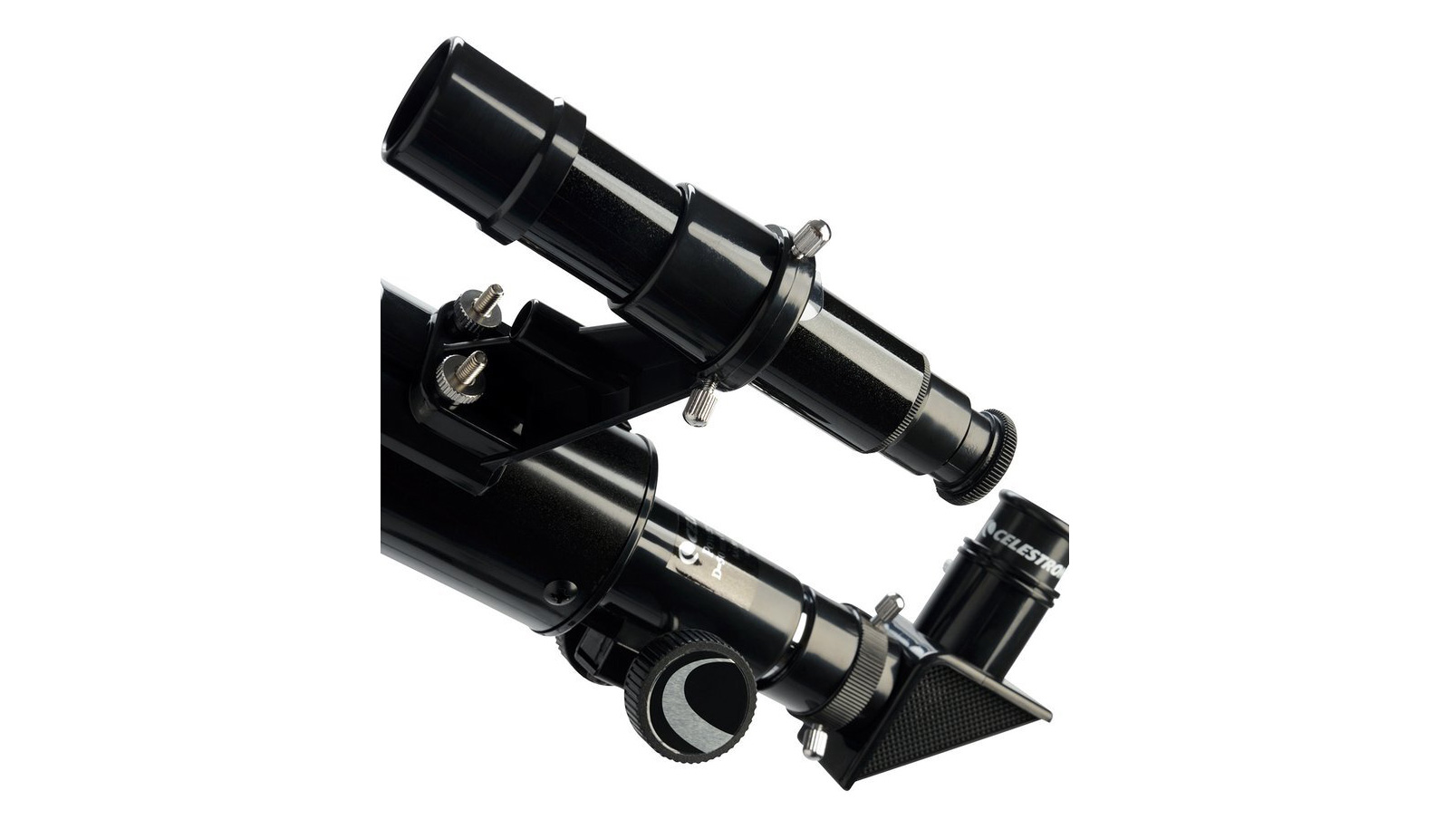
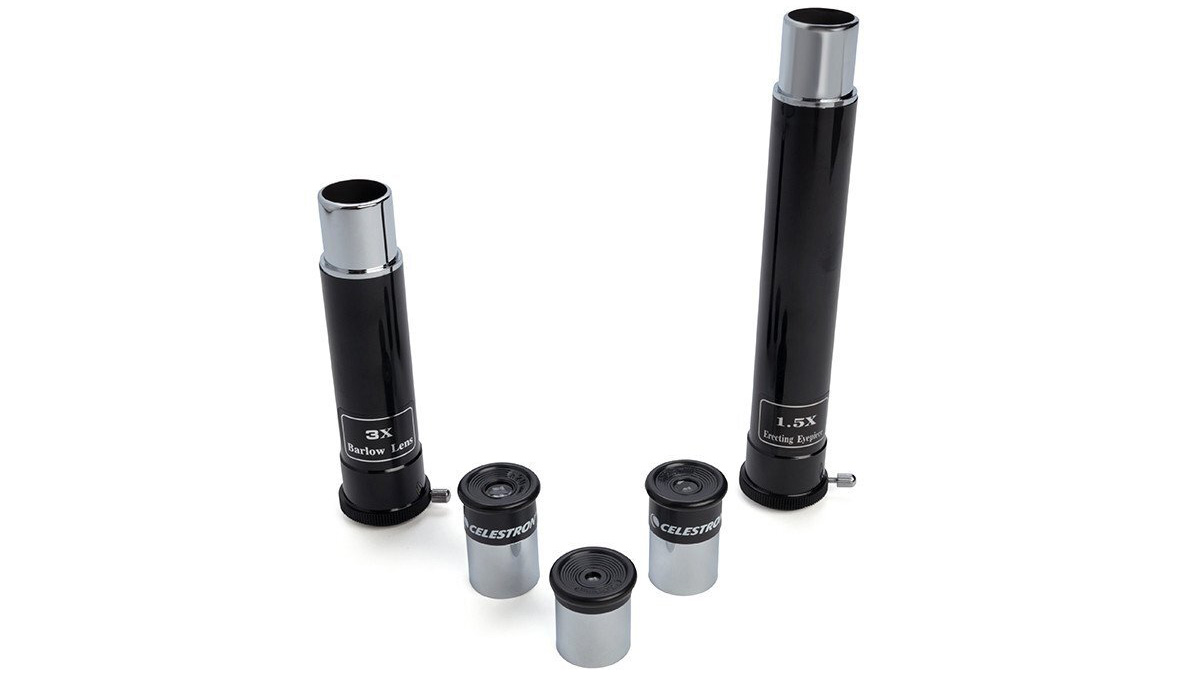
The alternative but quite similar National Geographic 60/700 AZ Refractor telescope, manufactured by the renowned Bresser brand, also comes supplied with a tripod, but boasts a slightly larger, so in theory brighter 60mm lens, which is here married to a slightly longer 700mm focal length. The magnification on offer here ranges from a minimum 35x to a whopping 525x maximum; although in practice the manufacturer recommends 120x as a sensible maximum.
Sign up to the T3 newsletter for smarter living straight to your inbox
Get all the latest news, reviews, deals and buying guides on gorgeous tech, home and active products from the T3 experts
Just like its Celestron competitor we also get a selection of eyepieces in a 4mm, 12.5mm and 20mm plus a 1.5x erecting lens, along with three Barlow lenses to once again increase magnification, a mount, a tripod that here comes complete with utility tray, plus astronomical software. With the basics of both models being broadly the same, does the Nat Geo models' longer reach and bigger, theoretically brighter objective lens automatically place it in front? Read on to find out…
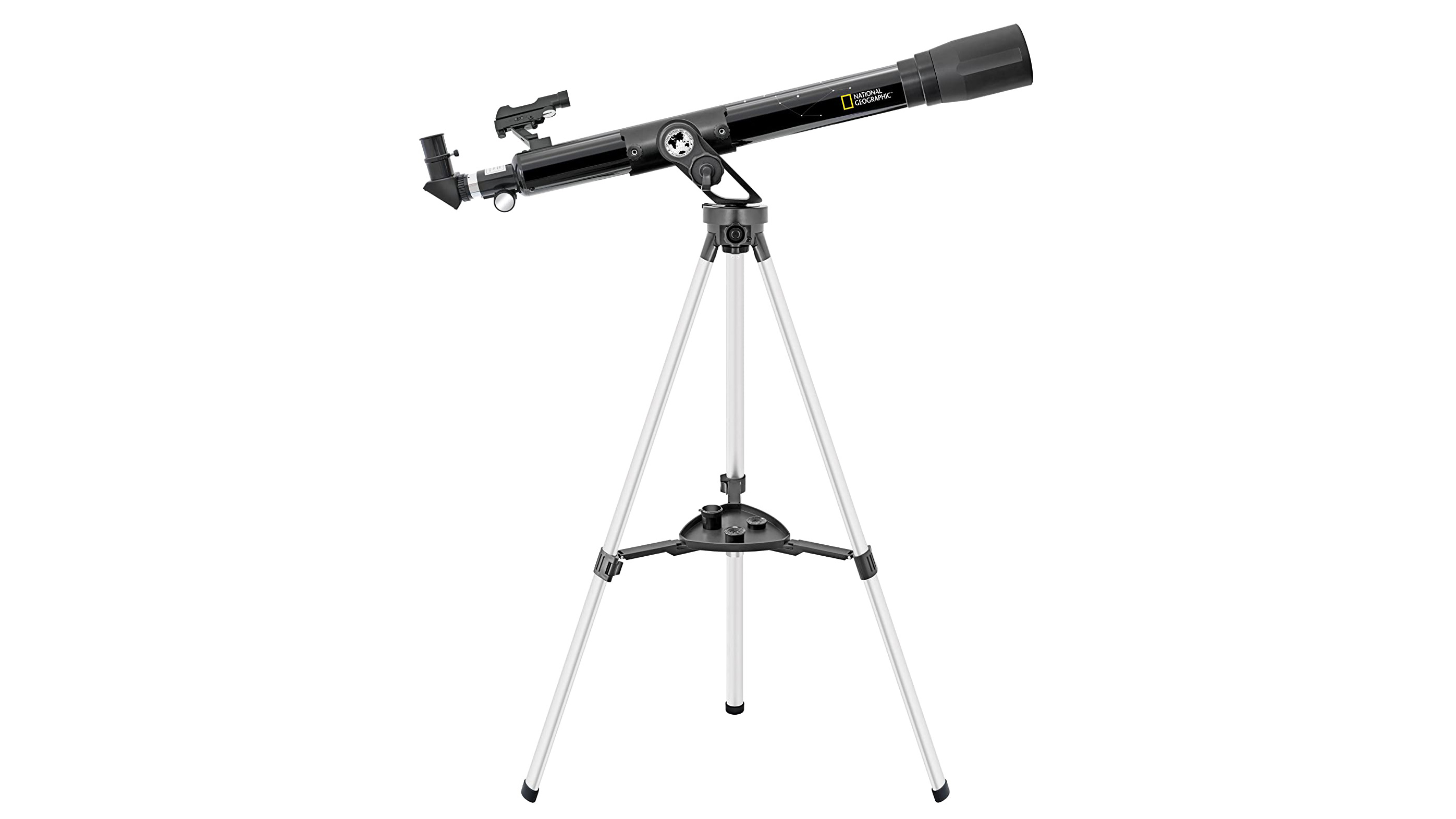
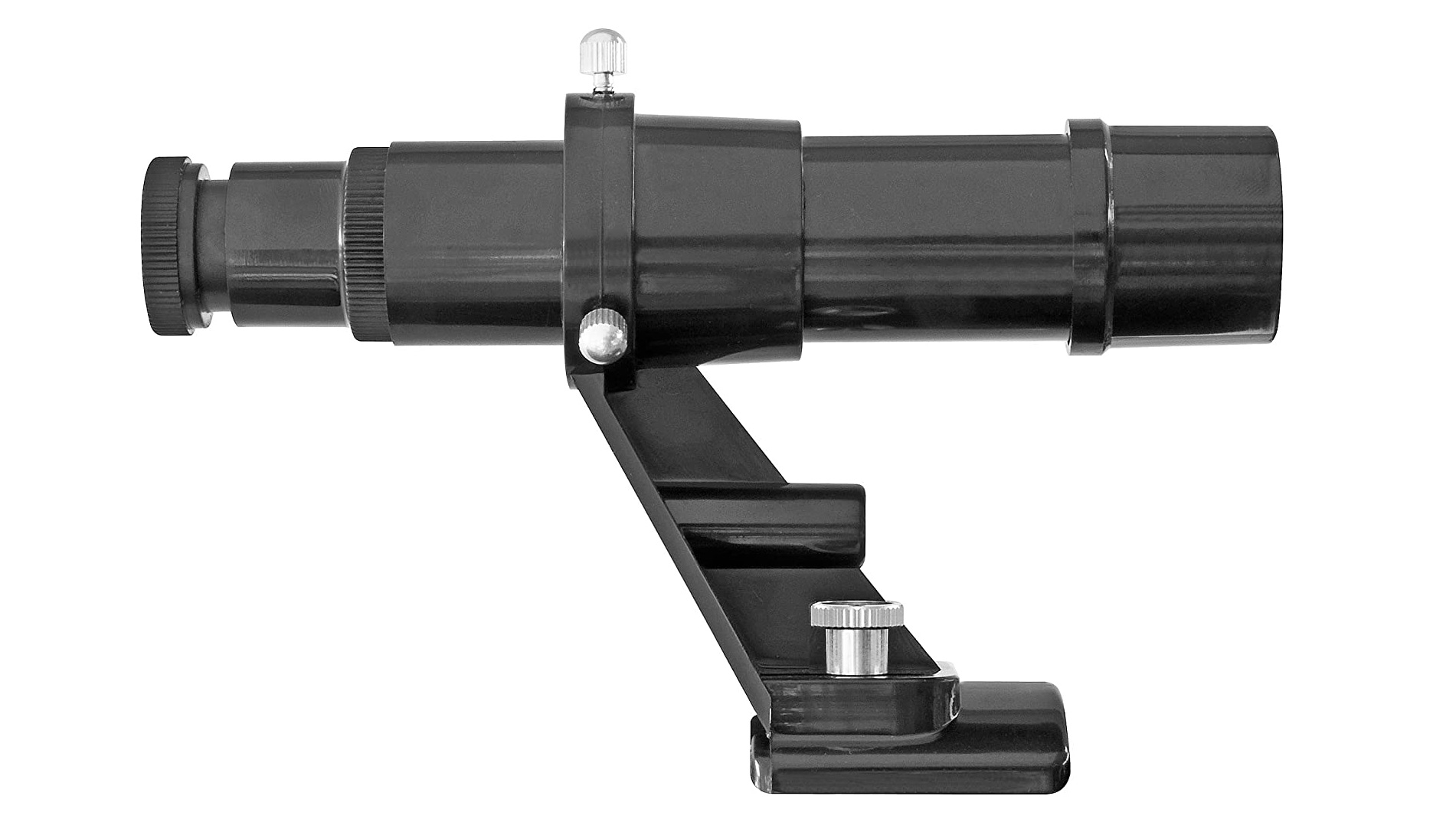
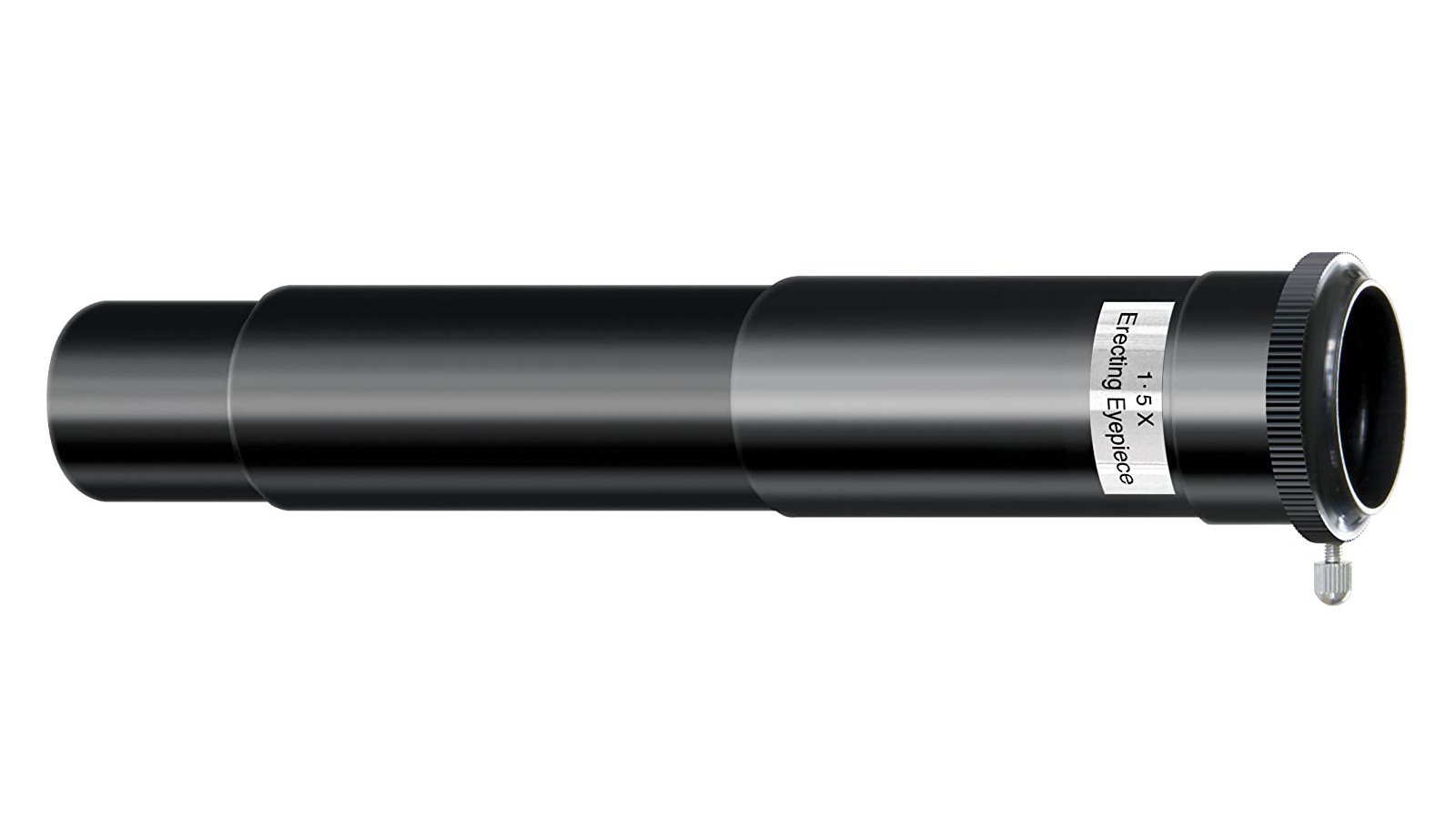
Celestron 21039 PowerSeeker 50AZ vs National Geographic Refractor 60/700 AZ: usability
What also makes the Celestron 21039 PowerSeeker 50AZ suitable for beginners, aside from the value added price when compared with the National Geographic Refractor Telescope 60/700 AZ, is that the images viewed are presented correctly orientated and not upside down. This also means it is equally suited to both star-gazing and terrestrial viewing.
On top of this, those wanting to shoot photographs or video through their ‘scope may be swayed by the fact that a basic 1.25-inch Celestron 81035 smartphone adapter is often bundled with or can be bought separately to the 21039 PowerSeeker 50AZ. This enables users to take photos or videos with their handset through the eyepiece.
An adjustable height tripod is very usefully provided with the Celestron 21039 PowerSeeker 50AZ telescope, which also features an accessory tray, as either somewhere to store the provided eyepieces, or your biscuits. Despite this, it still manages to be relatively compact and portable. Thus it's as suitable for taking out camping in the hope of a clear, pollution free sky, as it is poking it through the window of a city apartment.
The National Geographic Refractor Telescope 60/700 AZ is nearly a kilogram heavier than its Celestron alternative, but in its favour does have that bigger 60mm objective lens and a longer 700mm focal length, with up to a whopping 525x magnification. The altazimuth mount is said to allow for easy tracking in the night sky, with the entire system being able to be assembled quickly and without the need for tools. Colour accuracy is also assured by virtue of the Nat Geo option featuring an achromatic lens, which refracts light without dispersing it into its constituent colours, therefore providing images practically free from extraneous colours.
To ensure accuracy when pointing it at celestial bodies, the competing Celestron example features a yoke mount, , but look to Celestron’s PowerSeeker 70 model and above for a slow motion altitude rod. Usefully, to find our sweet viewing spot, the telescope can be pivoted up and down, as well as swung left and right.
Celestron 21039 PowerSeeker 50AZ vs National Geographic Refractor 60/700 AZ: price & extras
Priced at around £50 at the time of writing the Celestron 21039 PowerSeeker 50AZ would seem to offer excellent value for money, considering for that we get a metal build and glass optics. Also included is Celestron's Starry Night Software, which lends newbies facts about the beauty of the night sky, where to look for celestial objects thanks to its whopping 36,000 object database, and essentially acts as a primer for your next observational session.
The National Geographic Refractor Telescope 60/700 AZ also comes bundled with astronomy software and provides a very similar feature set to the above, although at the time of writing was retailing for twice the price of the Celestron alternative. If you don't need the extra focal reach the Nat Geo provides, then the Celestron would seem to offer better value for money – especially if you're just dipping a toe into the world of telescopes and astronomy and don't yet know whether this will be a long term pursuit or regular hobby.
Celestron 21039 PowerSeeker 50AZ vs National Geographic Refractor 60/700 AZ: which should I buy?
At the time of writing the National Geographic branded option is retailing for twice the price of the Celestron alternative, but as ever the devil is in the detail. Although they look very similar on the page, the National Geographic telescope offers a longer focal length – by 100mm – of 700mm, and correspondingly its objective lens is 10mm larger at 60mm to theoretically let in more light. It is however heavier than the Celestron set by up to a kilogram, so if it's portability you're after then the Celestron 21039 PowerSeeker 50AZ would seem the better bet. We reckon for the price the Celestron is being offered at you really can't go wrong if you want to get on the first rung of that stairway to stargazing heaven.
Gavin Stoker has been writing about photography and technology for the past 20 years. He currently edits the trade magazine British Photographic Industry News - BPI News for short - which is a member of TIPA, the international Technical Imaging Press Association.
-
 3 overrated shoulder exercises, according to a fitness expert (and what to do instead)
3 overrated shoulder exercises, according to a fitness expert (and what to do instead)Sculpt 3D shoulders whilst minimising injury with these three alternative exercises
By Bryony Firth-Bernard Published
-
 Polar’s new subscription feature lands in the shadow of Garmin’s Connect+ rollout
Polar’s new subscription feature lands in the shadow of Garmin’s Connect+ rolloutPR genius or timing disaster? Polar’s new Fitness Programme adds adaptive training to its ecosystem
By Matt Kollat Published
-
 The AeroPress Go Plus is the gadget I need for my next outdoor adventure
The AeroPress Go Plus is the gadget I need for my next outdoor adventureWhether you’re off camping or heading on a hike, the new AeroPress Go Plus lets you enjoy great coffee on the go
By Bryony Firth-Bernard Published
-
 YETI has discounted a ton of its best-selling coolers and tumblers in Amazon’s Big Spring Sale
YETI has discounted a ton of its best-selling coolers and tumblers in Amazon’s Big Spring SaleJust in time for the warmer months
By Bryony Firth-Bernard Published
-
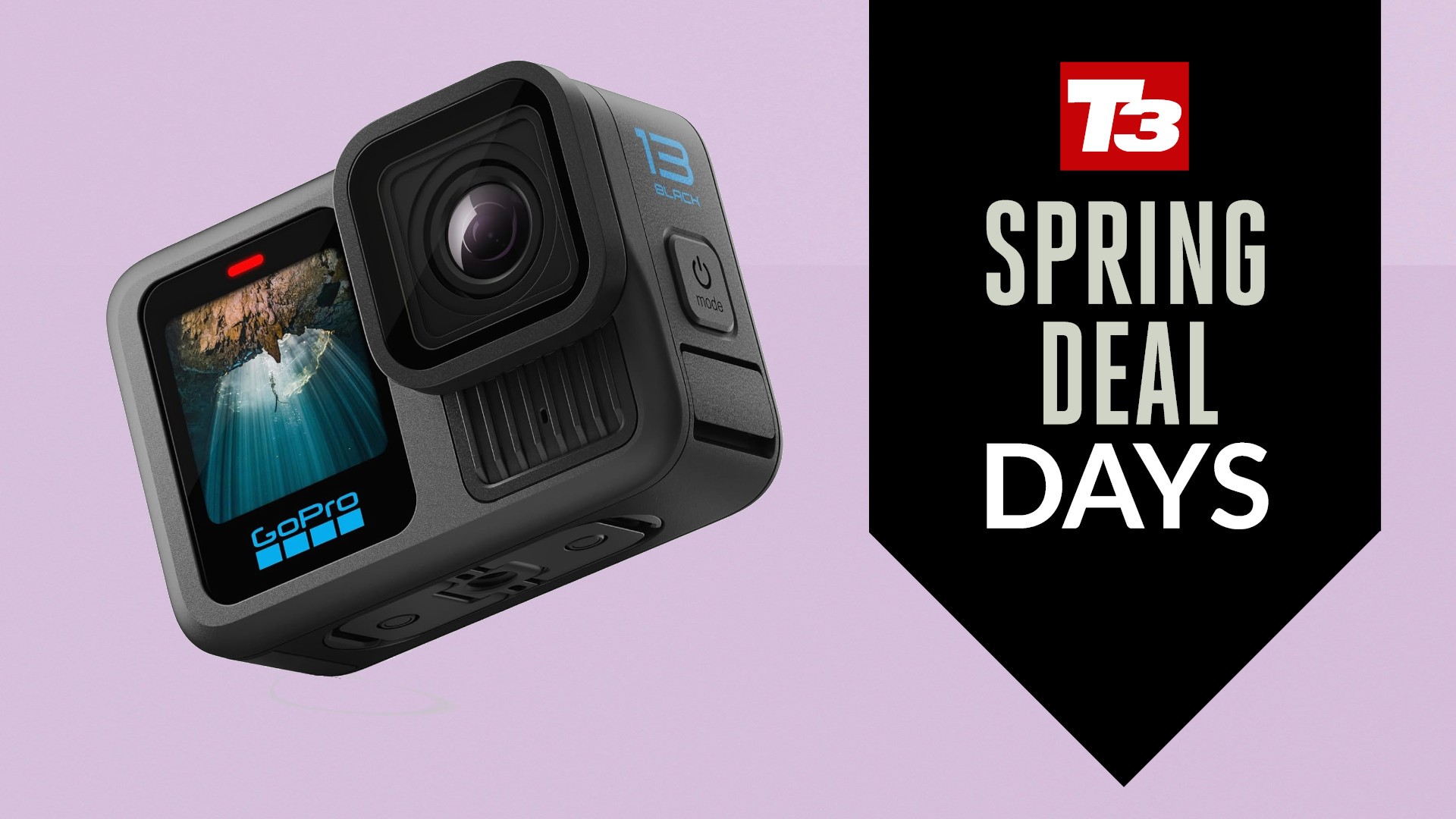 GoPro's latest flagship action cam just got a major price cut in Amazon's spring sale deal
GoPro's latest flagship action cam just got a major price cut in Amazon's spring sale dealYou can pick up the Hero 13 Black with almost 20% off
By Lee Bell Published
-
 How to pack your rucksack for a hiking or camping trip
How to pack your rucksack for a hiking or camping tripPack properly, save space and get easier access to the items you need the most
By Bryony Firth-Bernard Published
-
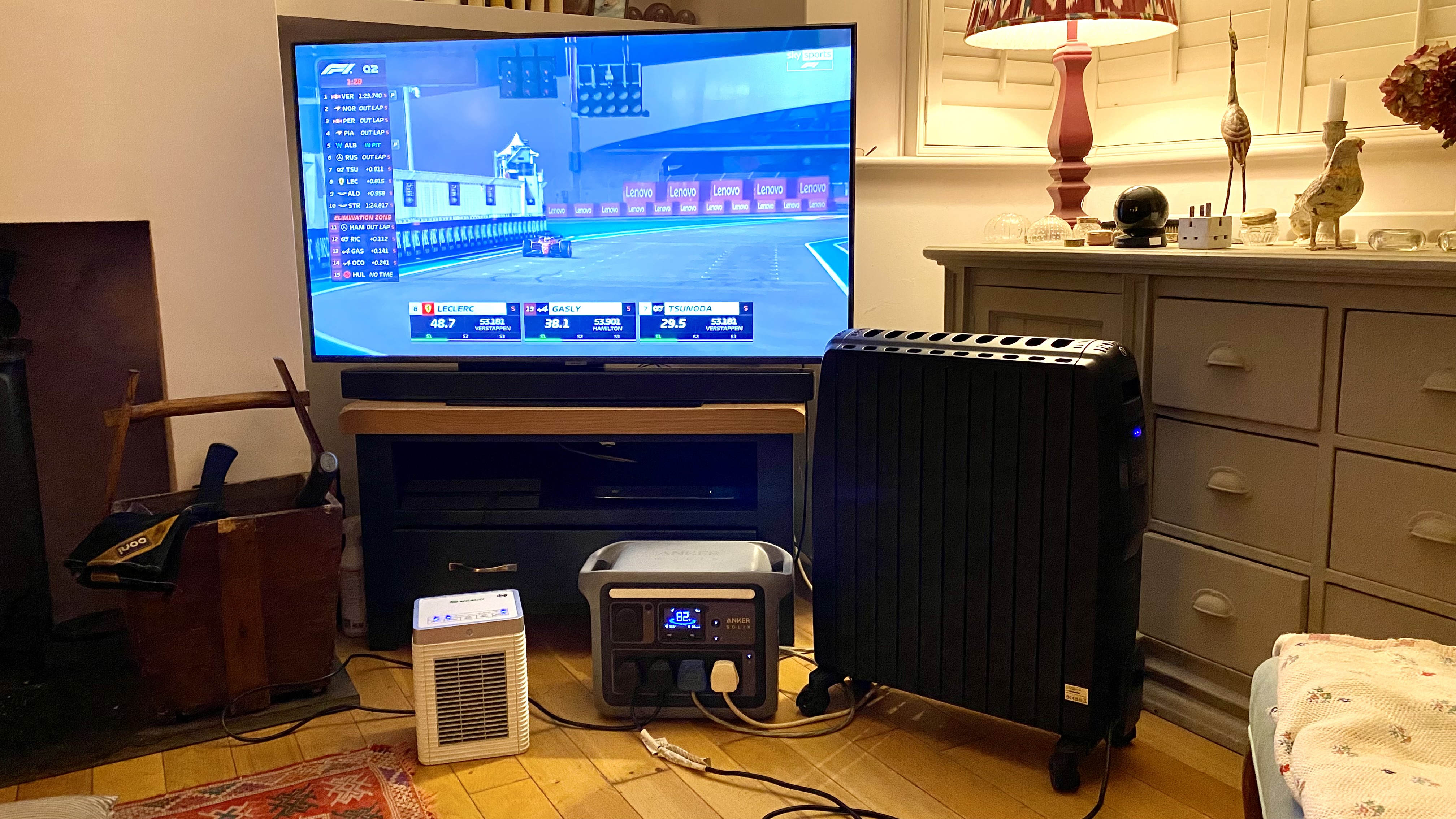 Change my mind: the smaller, the better with portable power stations
Change my mind: the smaller, the better with portable power stationsPut your portable power station to work when you’re not using it
By Derek Adams Published
-
 This rugged adventure Garmin is mega cheap in Walmart’s Black Friday sale
This rugged adventure Garmin is mega cheap in Walmart’s Black Friday saleThe Instinct 2 is a top watch for outdoor and sport enthusiasts
By Bryony Firth-Bernard Published
-
 YETI’s best-selling products are ridiculously cheap in Amazon’s Black Friday sale
YETI’s best-selling products are ridiculously cheap in Amazon’s Black Friday saleFancy yourself a tumbler, rambler or cooler? Amazon's reduced them all
By Bryony Firth-Bernard Published
-
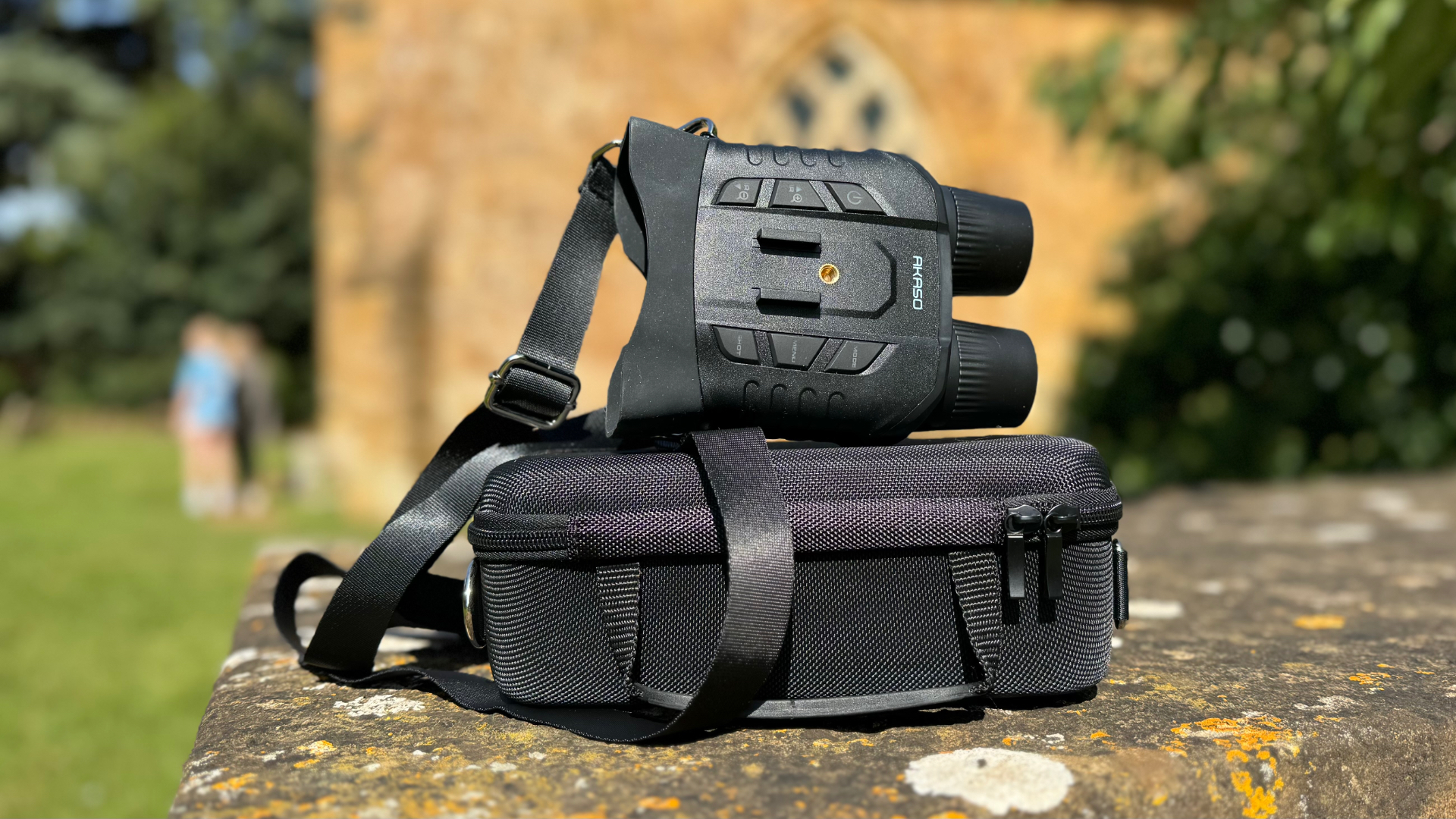 AKASO Seemor 200 night vision goggles review: unparalleled clarity for nighttime adventures
AKASO Seemor 200 night vision goggles review: unparalleled clarity for nighttime adventuresAKASO’s new NVD unlocks the night with cutting-edge colour vision technology
By Derek Adams Published